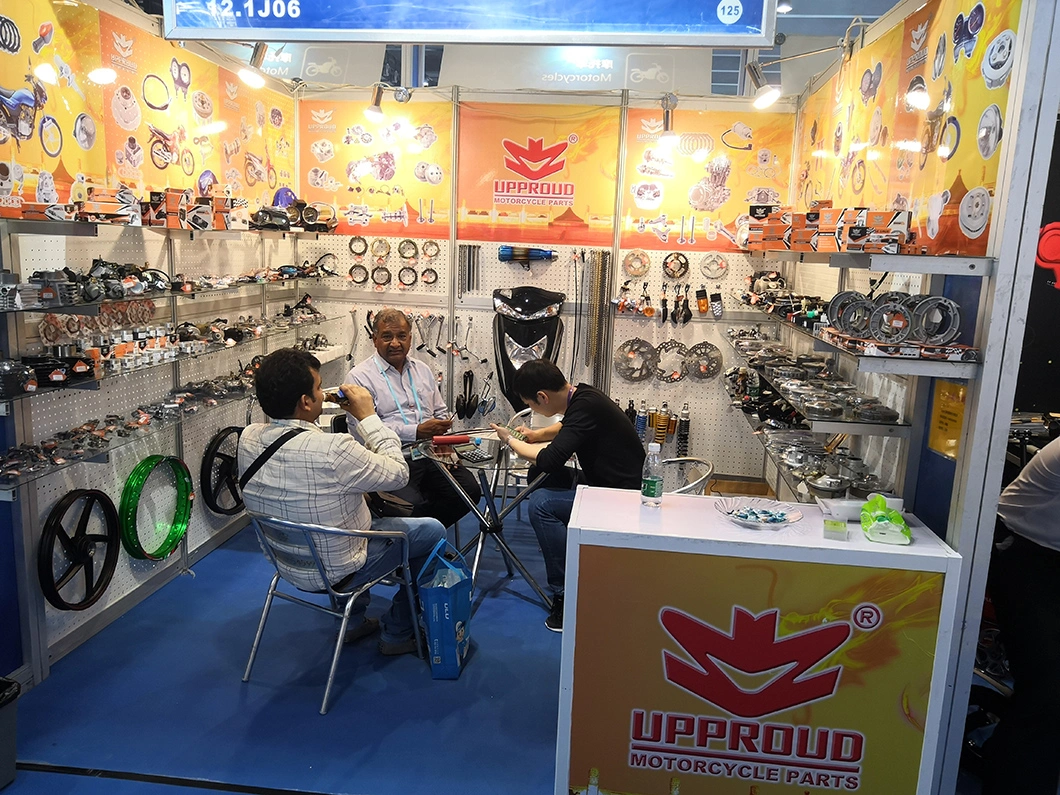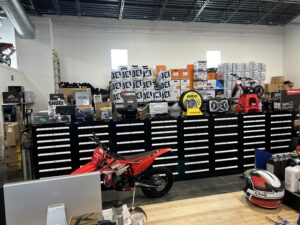Leading MX Gear NZ: Gear Up for Your Next Off-Road Adventure
Leading MX Gear NZ: Gear Up for Your Next Off-Road Adventure
Blog Article
Comprehending the Important Parts of a Motorcycle: A Comprehensive Overview for Fanatics
For bike enthusiasts seeking to boost their riding experience and guarantee their bikes run smoothly, comprehending the vital elements of a motorcycle is paramount. Each aspect, from the engine's complex workings to the important duty of the braking systems, not only affects efficiency but additionally security and convenience. This overview will go through the fundamental components that every biker should be familiar with, enabling informed options in both maintenance and possible upgrades. As we start this expedition, one must ask: how does each part engage to develop the smooth ride every fanatic seeks?
Engine Components

The camshaft plays an important duty in managing the timing of the engine's shutoffs, guaranteeing the specific opening and closing necessary for effective gas and air intake, in addition to exhaust expulsion. This timing is critical to preserving optimum engine performance and effectiveness. In addition, the carburetor or gas injection system, depending upon the bike model, is accountable for blending air with gas in the appropriate ratio for burning.
The air conditioning system, either air or liquid-based, works to preserve the engine's temperature within functional limits, avoiding getting too hot and making certain longevity - motorbike shop. Each part, diligently designed and integrated, contributes to the seamless operation of the engine, defining the motorbike's power result and total efficiency
Transmission System
Integral to the motorcycle's functionality, the transmission system guarantees effective power transfer from the engine to the wheels. This system makes up a number of vital elements, including the clutch, gearbox, and final drive, each playing a crucial duty in translating the engine's power right into activity. The clutch, typically operated by a hand lever, offers to disengage the engine and involve from the transmission, permitting for smooth equipment adjustments and regulated velocity.
The gearbox, typically referred to as the transmission proper, includes a set of equipments that cyclists can by hand shift via to readjust the bike's rate and torque output. These gears are prepared in a series that allows the motorcycle to increase efficiently and preserve optimal engine efficiency across various rates. A lot of motorcycles utilize a consecutive gearbox, requiring the cyclist to change gears in a predetermined order.
Braking Devices
While comprehending the transmission system is essential to utilizing a bike's power, just as essential is the ability to regulate and stop that power effectively, which is where stopping systems enter play. Brakes are crucial for safety and security and performance, providing the rider with the necessary control to navigate numerous terrains and motox parts nz conditions. Generally, bikes feature 2 kinds of braking systems: disc brakes and drum brakes.
Disc brakes are extra common in modern-day motorbikes as a result of their exceptional efficiency. They consist of a brake disc, caliper, and pads. When turned on, the caliper squeezes the brake pads against the rotating disc, transforming kinetic power right into warmth, therefore slowing down the wheel. This system uses far better warmth dissipation, consistent efficiency, and boosted stopping power, particularly in damp conditions.
Conversely, drum brakes, though less typical, are still found in some motorbikes. They function by pushing brake shoes against the inner surface of a drum connected to the wheel. While usually less effective in heat dissipation and stopping power, drum brakes are easier and more economical.
Recognizing these stopping systems' subtleties enables motorcyclists to keep their motorcycles effectively and value the design that ensures effective and risk-free stopping.
Suspension and Steering
Suspension and steering systems are vital components that considerably influence a motorcycle's handling and trip comfort. The suspension system, including forks at the front and shock absorbers at the rear, soaks up roadway abnormalities, improving stability and control. Front forks, inverted or normally telescopic, compress and rebound to alleviate impacts, while rear shock absorbers preserve tire call with the road, critical for grip and safety and security.
Guiding, centered around the handlebars, connects the rider to the motorcycle's directional control. The guiding head bearings make sure smooth operation, allowing precise ability to move. Appropriate positioning and maintenance of these bearings are critical for foreseeable steering response and lowering motorcyclist fatigue.
The suspension's adjustability is another essential element; preload, damping, and rebound settings enable personalization to suit different riding conditions and designs. This versatility is important for maximizing performance, whether browsing metropolitan roads or dealing with tough trails. Technologies like digital suspension systems supply real-time modifications, boosting experience quality throughout varied terrains.

Electrical Solutions
After ensuring a smooth and regulated experience through effective suspension and steering systems, focus transforms to the electric systems, an essential facet of modern bikes. These systems play a crucial role not just in starting the engine however additionally in powering different components that improve the capability and safety of the motorbike.
At the heart of a bike's electric system is the battery, which stores electrical power essential for starting the engine and powering complementary systems - motox parts nz. The alternator or generator, combined with the rectifier-regulator, makes certain the battery continues to be charged while the motorbike is in procedure, transforming power into electrical energy and preserving voltage degrees
The ignition system, an additional essential component, is in charge of sparking the air-fuel blend in the engine's cyndrical tubes. Modern bikes often utilize an electronic ignition system, offering greater efficiency and dependability compared to conventional systems.
Illumination systems, including headlights, tail lights, and indicators, are also important, guaranteeing exposure and security for the motorcyclist. Additional digital parts such as sensing units, control systems, and shows add to sophisticated functions like fuel injection administration, anti-lock braking systems (ABDOMINAL), and digital dashboards, additionally boosting the riding experience.
Final Thought
A detailed understanding of a bike's vital parts, including the engine, transmission system, stopping mechanisms, suspension, guiding, and electrical systems, is indispensable for fanatics aiming to maximize security, efficiency, and comfort. Proficiency of these components enables for informed choices concerning upkeep and upgrades, ultimately improving the riding experience. By incorporating this knowledge, motorcyclists can ensure their motorbikes run at peak efficiency and dependability, therefore making best use of both pleasure and long life of their vehicles.
For motorcycle lovers looking to boost their riding experience and ensure their bikes run smoothly, recognizing the important elements of a bike is critical.Important to the motorcycle's performance, the transmission system makes sure efficient power transfer from the engine to the wheels.While comprehending the transmission system is vital to harnessing a motorcycle's power, similarly crucial is the capacity to control and stop that power successfully, which is where stopping devices come right into play. Generally, motorbikes include 2 kinds of stopping systems: disc brakes and drum brakes.
A comprehensive comprehension of a motorbike's crucial components, including the engine, transmission system, braking mechanisms, suspension, steering, and electrical systems, is vital for enthusiasts aiming to maximize safety and security, convenience, and efficiency.
Report this page